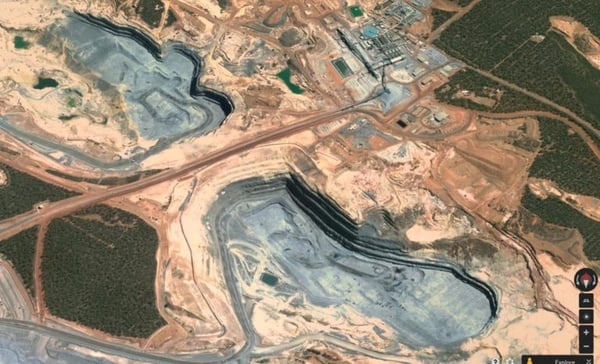*Last Updated: October 2020
How far is Boddington from Perth?
Boddington is a gold and copper mine situated 120 kilometres south-east of Perth, near the town of Boddington in Western Australia.
Who owns Boddington gold?
The Boddington gold mine was originally run as a three-way joint operation between Newmont, AngloGold and Newcrest. However in 2009, Newmont purchased the shares of AngloGold and became the sole owner of the Boddington mines.
Need plant for mine projects?
What do they mine at Boddington?
With an estimated 11.2 million ounces in proven and probable reserves, Boddington is ranked as Australia’s largest and the world’s seventh-largest gold mine. The mine directly employs around 2,000 people, with an on-site camp capacity of 2,300.
While China accounts for the largest gold production of any nation (totalling around 13% of global outputs), the Australian gold sector has been enjoying rapid expansion. In 2019, Australian mines produced 325 tonnes of gold to eclipse the previously largest return of 317 tonnes, for the highest ever gold yield recorded for the country. The Newmont Boddington gold mine was responsible for 703,000 ounces (approximately 20 tonnes) in the same year. While predominantly known as a gold mining operation, Boddington also produced 64 million pounds of copper in 2019.

The operation centres around open-cut mining from two main pits (north and south) in the Saddleback Greenstone Belt. It utilises the conventional truck-and-shovel method and has capacity to mine around 235,000 tonnes of material per day. The main zone of gold mineralisation is concentrated over a strike length of approximately five kilometres in length and one kilometre in width. While not a single zone of gold and copper mineralisation, it is essentially a complex mineral district of reserves.
Once material is extracted, ore processing begins with capacity at Boddington being approximately 35 million tonnes per annum. Primary, secondary and tertiary crushing occurs, followed by ball milling and hydro-cyclone classification to generate a milled product. Ground ore is then floated to generate a gold-rich copper concentrate for further filtration and then sale to international smelters. Further gold is then recovered via a leaching process applied to flotation tailings.
Open pit operations at Boddington officially commenced in 1987, with a focus on extracting the shallow oxide ores to a depth of around 70 metres. Mining operations ceased in 2001 when the known reserves of oxide ore had been processed and the site was placed into care and maintenance. In 2009, Newmont Corporation acquired 100% interest in Boddington and the mine was reopened, following a large-scale expansion to increase the mine’s capacity.

The Australian Government provided approvals for further expansion in 2012, effectively adding 29 hectares to the site to enable storage dams and water collection facilities to be developed. This infrastructure was considered pivotal to Newmont’s long-term strategy to extend the mine life of Boddington to through to 2040.
Newmont recently announced investment of approximately $227 million to automate Boddington’s haul truck fleet. The project is earmarked to be operational by 2021 and would see Boddington become the world’s first open pit gold mine utilising an autonomous haulage system (AHS). This project is projected to both extend the mine life by two years and enhance safety and productivity. A program of reskilling and redeployment is being undertaken to support the roles affected by the AHS implementation.
Stay on the cutting edge of the latest project industry news by subscribing to iseekplant’s Constructionsht Blog below!


